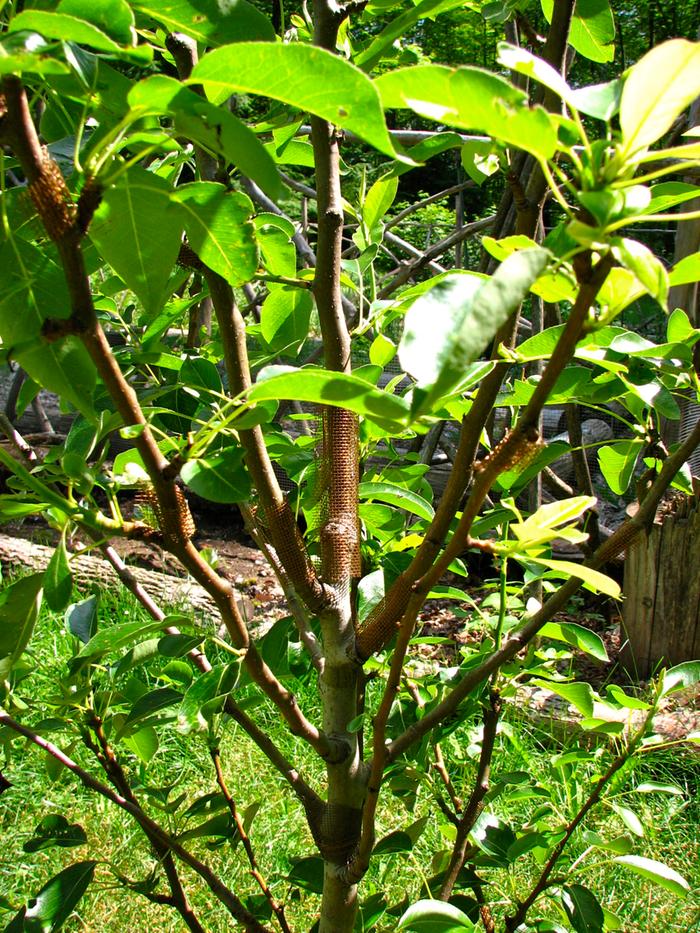
 1
1





wilfredjr
33 acres kettle lake end moraine environs
Ice Age Trail Northern Wis CyB KnC KwD
http://twodogsgonewild.blogspot.com/
http://app.yardmap.org/map#!/map
 1
1




wilfredjr
33 acres kettle lake end moraine environs
Ice Age Trail Northern Wis CyB KnC KwD
http://twodogsgonewild.blogspot.com/
http://app.yardmap.org/map#!/map




 1
1




wilfredjr
33 acres kettle lake end moraine environs
Ice Age Trail Northern Wis CyB KnC KwD
http://twodogsgonewild.blogspot.com/
http://app.yardmap.org/map#!/map




wilfredjr
33 acres kettle lake end moraine environs
Ice Age Trail Northern Wis CyB KnC KwD
http://twodogsgonewild.blogspot.com/
http://app.yardmap.org/map#!/map
 1
1




William Trachte wrote:
As to why any of this is working, you'll have to ask someone with a more specialized knowledge. I might be a lousy scientist, but I seem to be a lucky orchardist. Better lucky than good, my Dad always said.
Too bad you can't see the place. We've been at it three years now and it's coming around.
 1
1




wilfredjr
33 acres kettle lake end moraine environs
Ice Age Trail Northern Wis CyB KnC KwD
http://twodogsgonewild.blogspot.com/
http://app.yardmap.org/map#!/map
 2
2




wilfredjr
33 acres kettle lake end moraine environs
Ice Age Trail Northern Wis CyB KnC KwD
http://twodogsgonewild.blogspot.com/
http://app.yardmap.org/map#!/map








wilfredjr
33 acres kettle lake end moraine environs
Ice Age Trail Northern Wis CyB KnC KwD
http://twodogsgonewild.blogspot.com/
http://app.yardmap.org/map#!/map





List of Bryant RedHawk's Epic Soil Series Threads We love visitors, that's why we live in a secluded cabin deep in the woods. "Buzzard's Roost (Asnikiye Heca) Farm." Promoting permaculture to save our planet.
 1
1




Bryant RedHawk wrote:Well William, you haven't updated this is quite a while but I thought you might like confirmation of your trial method.
Redhawk
wilfredjr
33 acres kettle lake end moraine environs
Ice Age Trail Northern Wis CyB KnC KwD
http://twodogsgonewild.blogspot.com/
http://app.yardmap.org/map#!/map

|
I think he's gonna try to grab my monkey. Do we have a monkey outfit for this tiny ad?
Support permies and give beautiful gifts to gardeners: permaculture playing cards.
https://gardener-gift.com/
|

